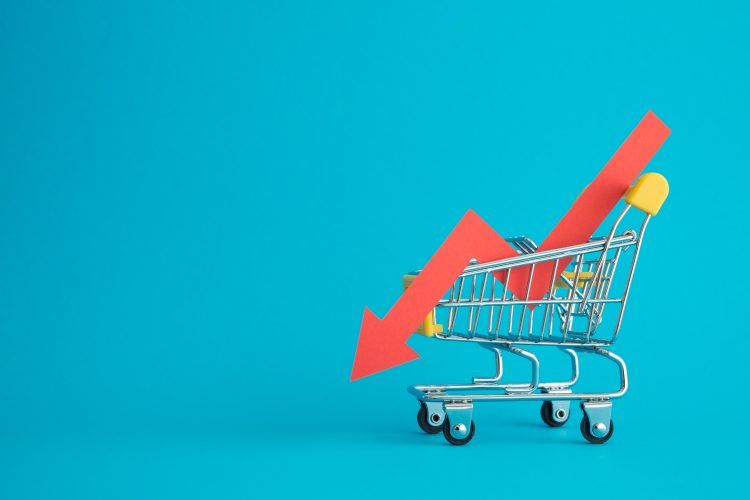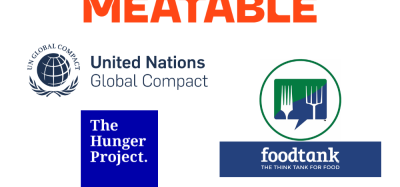Industry responds to food inflation dipping to 5 percent
- Like
- Digg
- Del
- Tumblr
- VKontakte
- Buffer
- Love This
- Odnoklassniki
- Meneame
- Blogger
- Amazon
- Yahoo Mail
- Gmail
- AOL
- Newsvine
- HackerNews
- Evernote
- MySpace
- Mail.ru
- Viadeo
- Line
- Comments
- Yummly
- SMS
- Viber
- Telegram
- Subscribe
- Skype
- Facebook Messenger
- Kakao
- LiveJournal
- Yammer
- Edgar
- Fintel
- Mix
- Instapaper
- Copy Link
Posted: 21 March 2024 | Grace Galler | No comments yet
Data from ONS has revealed that food and non-alcoholic beverage inflation has fallen by two percentage points to 5 percent in February. Find out how the industry has responded here…


The Office for National Statistics (ONS) has shared that food and non-alcoholic beverage inflation dropped to 5 percent in February 2024.
This is down by 2 percentage points from the previous month where food inflation sat at 7 percent.
In fact ONS has revealed that, during February, the “large downward effects” in relation to inflation came from food and non-alcoholic beverages.
But it wasn’t just food and non-alcoholic beverages where inflation took a tumble. The alcohol and tobacco category also saw a decrease, with inflation for this category dropping by 0.4 percentage points down to 11.8 percent.
Food and non-alcoholic beverage inflation has now eased for eleven months in a row.
According to ONS, “most types of food product eased between January and February 2024”, however the largest upward effect came from bread and cereals, with the category rising by 0.3 percent in February. In addition, the prices rises of packs of cakes and some bread products dropped between January and February in 2024 but rose a year ago.
Smaller downward effects came from categories including meat, vegetables, and milk, cheese and eggs. In fact, the annual rate of inflation eased in 10 of the 11 food and non-alcoholic beverages classes and only oils and fats were found to rise, up to 8.3 percent in February from 8 percent in January.
In response to the latest update, the Food and Drink Federation’s (FDF) CEO Karen Betts, said: “It’s good to see food and drink inflation continue to fall, to 5.0 per cent in February from 7.0 per cent in January. This reflects prices stabilising across food and drink supply chains, including energy, alongside manufacturers’ continued and sustained efforts to keep prices down for shoppers.
UK food inflation continues to break records at 45-year high
“Food and drink price inflation should continue to ease in the coming weeks. But some underlying factors are acting against this, from rising labour costs to erratic weather patterns, like this winter’s heavy rainfall across the UK which is impacting agricultural crop yields,” continued Betts.
The CEO of the FDF went on to share that she believes “investment in our industry is also worryingly low if the UK is to be confident in its food security.
“And the government is making UK food and drink less attractive to invest in with its insistence on UK-wide ‘not for EU’ labelling. This is an expensive and unnecessary policy that will particularly hit small businesses and exports, and we’re urging the government to reconsider. There are good, digital alternatives if the government wants to monitor food movements in the UK, which in time could also be adapted to ease checks with the EU.”
Meanwhile, Kris Hamer, Director of Insight of the British Retail Consortium (BRC), said: “After a rocky start to 2024, inflation is once again on its way down. February’s figures were driven by falls in food and clothing and footwear as well as cheaper energy prices. Food inflation fell once again to its lowest rate since January 2022, as retailers continue to deliver the best service to their customers and communities. Households benefited from falling prices of fish, crisps and jam.
“While today’s inflation figures will be good news for consumers, Government must not be complacent. Significant costs on the horizon may put renewed pressure on overall inflation in the near future; these include a 6.7 percent rise in business rates, and reforms to the packaging levy and electrical takeback schemes, all in the context of the biggest rise to NLW on record. This will limit investment and drive up costs at a time when many families are still facing a higher cost of living,” concluded Hamer.
Related topics
Food Security, retail, Supermarket, The consumer, Trade & Economy
Related organisations
British Retail Consortium, Food and Drink Federation, Office for National Statistics (ONS)








